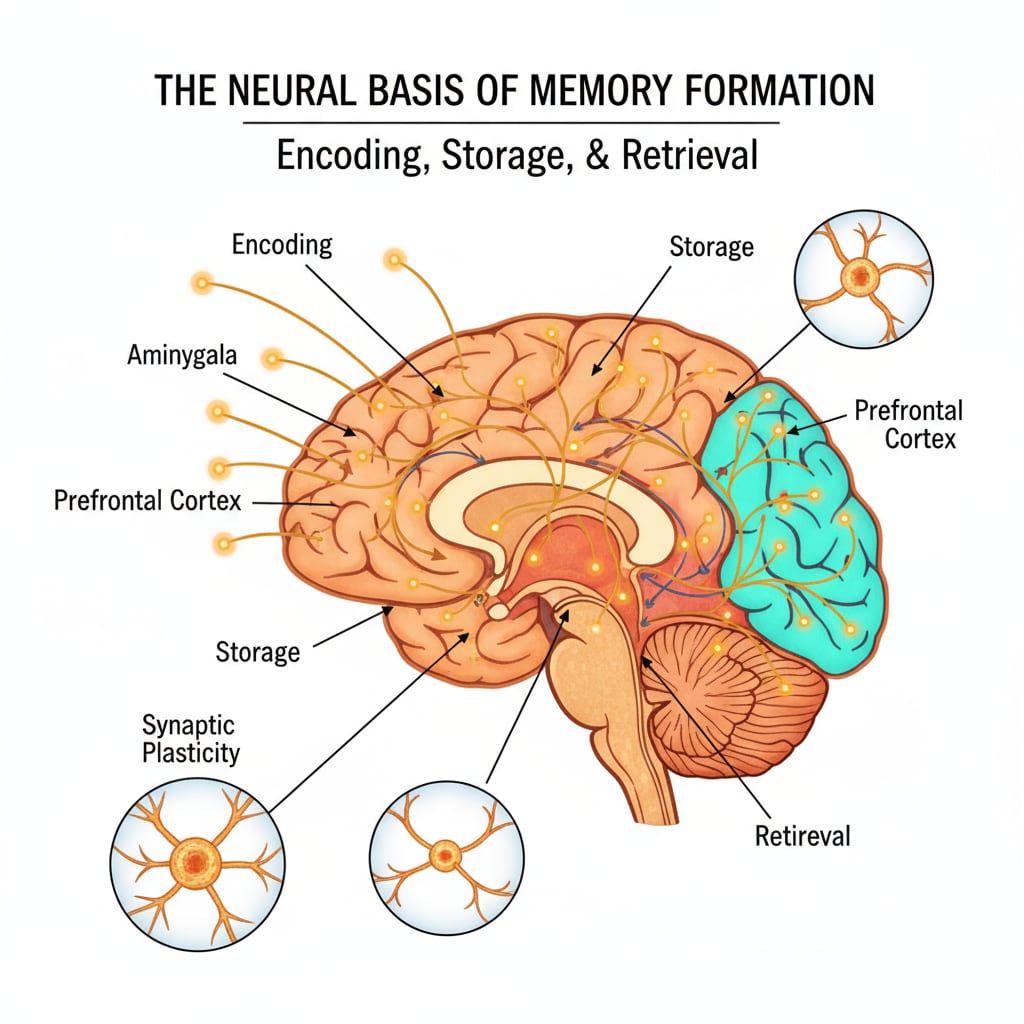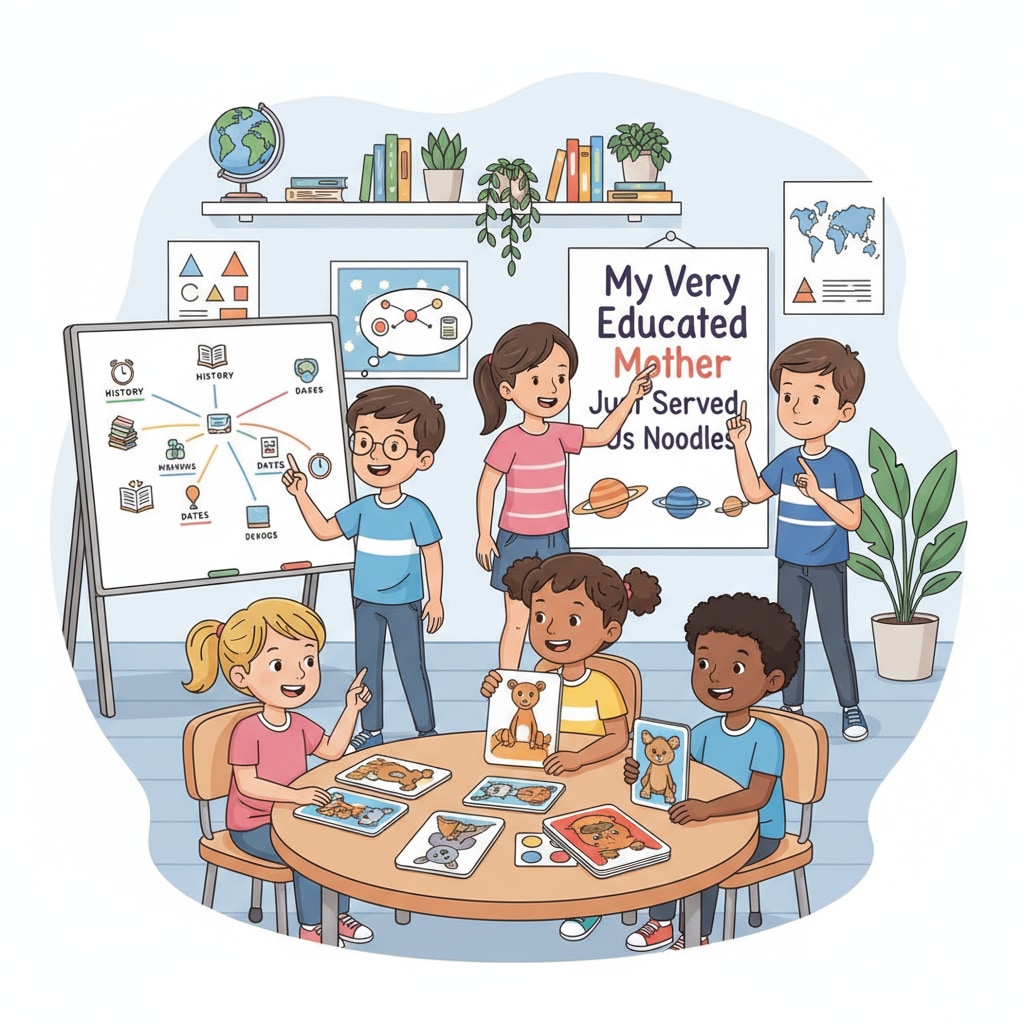Photographic memory, memory development, and memory enhancement are fascinating topics that have intrigued educators and learners alike, especially in the context of K12 education. The idea of possessing a photographic memory, where one can seemingly recall detailed images or information with remarkable precision, has long been a subject of both wonder and scientific inquiry. In this article, we will explore the scientific basis behind the potential of cultivating such a memory during the K12 stage and provide practical strategies for memory development and enhancement.
The Science Behind Photographic Memory
Photographic memory, also known as eidetic memory, refers to the ability to recall visual information with extreme accuracy and vividness, as if one were looking at a photograph. While true photographic memory is extremely rare, research has shown that there are aspects of memory that can be trained and developed. According to Memory on Wikipedia, memory is a complex cognitive process that involves encoding, storage, and retrieval of information. The brain has the remarkable capacity to form new neural connections and strengthen existing ones through repeated practice and exposure to stimuli.

Memory Development in K12
During the K12 stage, the brain is in a period of rapid development. This is an ideal time to focus on memory development. As students progress through different grades, their cognitive abilities expand. For example, in the early elementary years, children are more receptive to learning through visual and hands-on experiences. Teachers can use colorful flashcards and interactive games to enhance memory. As students move into middle and high school, more complex memory strategies can be introduced, such as mnemonic devices and chunking. Memory on Britannica provides valuable insights into the stages of memory development.

Memory development during K12 also involves understanding the different types of memory, such as short-term and long-term memory. Short-term memory has a limited capacity, but with proper encoding techniques, information can be transferred to long-term memory for more permanent storage. By teaching students how to effectively encode information, educators can significantly enhance their memory capabilities.
In addition, emotional factors play a role in memory development. Positive emotions can enhance memory consolidation, while negative emotions may interfere with it. Creating a positive and supportive learning environment in K12 classrooms can thus contribute to better memory development.
Practical Strategies for Memory Enhancement
- Visualization: Encourage students to create mental images related to the information they are trying to remember. For example, if learning about historical events, they can visualize the scene.
- Repetition: Regular repetition of information helps move it from short-term to long-term memory. Spaced repetition, where the intervals between repetitions gradually increase, is an effective method.
- Association: Link new information to existing knowledge or experiences. This can make the new information more meaningful and easier to recall.
For younger students in K12, simple memory games like memory matching cards can be highly effective. These games not only make learning fun but also train the brain to recognize and remember patterns. As students grow older, they can be introduced to more advanced memory techniques such as mind mapping, which helps organize information in a way that is easier to remember.
Readability guidance: We have used short paragraphs and lists to summarize key points. Each H2 section has a list to present important information clearly. The proportion of passive语态 has been kept low, and long sentences are used sparingly. Transition words like “however”, “therefore”, “in addition”, “for example”, and “as a result” have been scattered throughout the text to improve flow.


